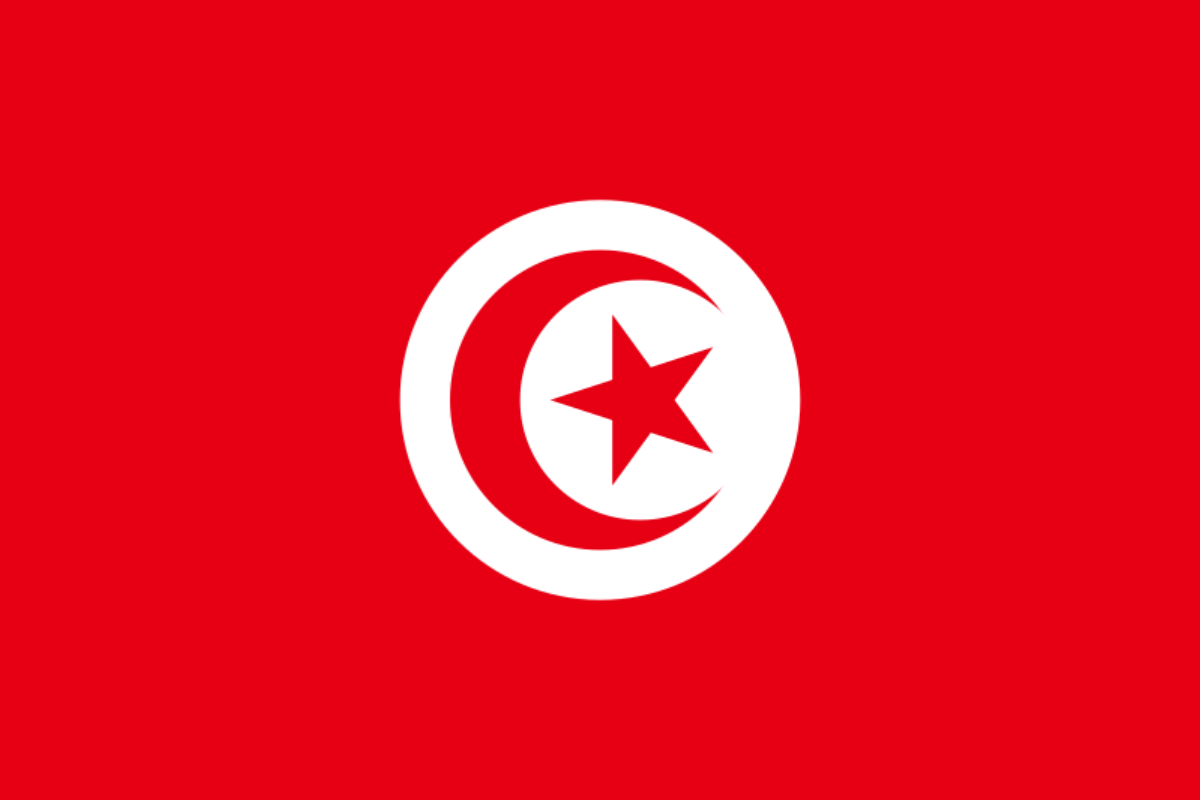Officially, Tunisia does not have a national animal. The animal most widely considered to be Tunisia’s national animal is the dromedary camel. This animal is very common in Tunisia’s deserts as a domesticated beast of burden and mount and holds a great deal of cultural significance to the nation’s people.
Camels, specifically the dromedary camel, are one of the most important domestic animals in this part of the world.
Without them, people would have had a much more difficult time traversing the harsh deserts and thus the modern face of the entire region may have looked very different.
Let’s find out more.

What is the national animal of Tunisia?
Officially, Tunisia has no national animal.
National animals are typically recognized by the government, and not just something that people decide upon—though they may be chosen by popular vote.
Unofficially, though, most people in the country consider the dromedary camel to be the national animal.
These domesticated animals are still widely employed in a variety of ways in Tunisia and remain centrally important to the economy off the country as a whole and the lives of a great many individuals.
Dromedary camels are the one-humped variety of camel, and they are even-toed ungulates that are the tallest of the three species of camel.
Males stand around 7 to 11 feet tall at the shoulder, while females are usually anywhere from just under 6 feet to around 6 feet three inches tall.
Males weigh anywhere from 880 to 1,500 pounds, and females weigh up to 1,190 pounds.
There is, then, a considerable degree of sexual dimorphism.
They are mostly active during the day.
They are kept in herds of about 20 individuals, as though they do not occur in the wild, this is the best way to keep them happy and healthy.
They are herd animals and thus need other members of their species to thrive. Indeed, they have not occurred in the wild for around 2,000 years.
It’s thought that they were first domesticated in the Arabian Peninsula around 4,000 years ago.
They are used for riding as they can go long periods of time without water, as well as for baggage, but also for dairy products and meat.
Many North African tribes are supported by the meat and milk of these animals.
Perhaps the single most iconic desert animal in the world, they naturally hold cultural significance to a great many desert-adjacent nations.
Why is the dromedary camel the national animal of Tunisia?
The dromedary camel is not officially the national animal of Tunisia, it’s important to remember.
Tunisia has no national animal, it is simply that the dromedary camel is the animal that best fits the bill.
They are seen by many as important national symbols for a number of reasons.
They embody unity and endurance against the odds, strength, and power while at the same time retaining humility and grace.
They are, then, very important, on the one hand, on a symbolic level, since they have been so important to the history of the country.
Camels are the very spirits of the desert, on the other hand, and also embody the natural beauty of Tunisia on a more literal level.
Again, there are few animals in the world that are so closely associated with the desert internationally, and their ability to endure without water even for months at a time is well known around the world.
But since there is no official recognition of the camel as the national animal, there may be any number of reasons depending on whom you ask.
You may get many different answers from many different people.
Does a dromedary camel have one hump or two?
A dromedary camel has one hump; it is the Bactrian camel that has two.
Bactrian camels are found much further north in Central Asia in places like Mongolia, and they are much better adapted to these colder environments.
Both can do well in dry places for long periods of time, but the dromedary is the real desert animal.
They are morphologically very different to each other in many ways even besides the humps, with Bactrian camels usually having much thicker fur and a more distinct curve in the neck.
Despite the differences, though, they are closely enough related that the two species can produce fertile offspring.
Do camels store water in their humps?
Camels do not store water in their humps; this is a common myth.
That said, their humps do indeed help them to go long periods without water since they are able to store extra fat in them.
This gives them a greater store to go on for long periods without a great deal of food or water, depending on the time of year and the climate.
But their humps do not store water, and this is not true of any of the species of camel.
It’s not known where this myth originated, though it has certainly endured in popularity despite being untrue.
So, it’s hard to overstate the importance of camels to people who live in such hot, dry areas.
They make traveling caravans possible and thus both historically and in the modern day, they make life possible in the harshest regions of the world.
Of course, this is not to imply that all of Tunisia is a desert wasteland, but nonetheless, this has cultural importance to the people of Tunisia and their heritage.
